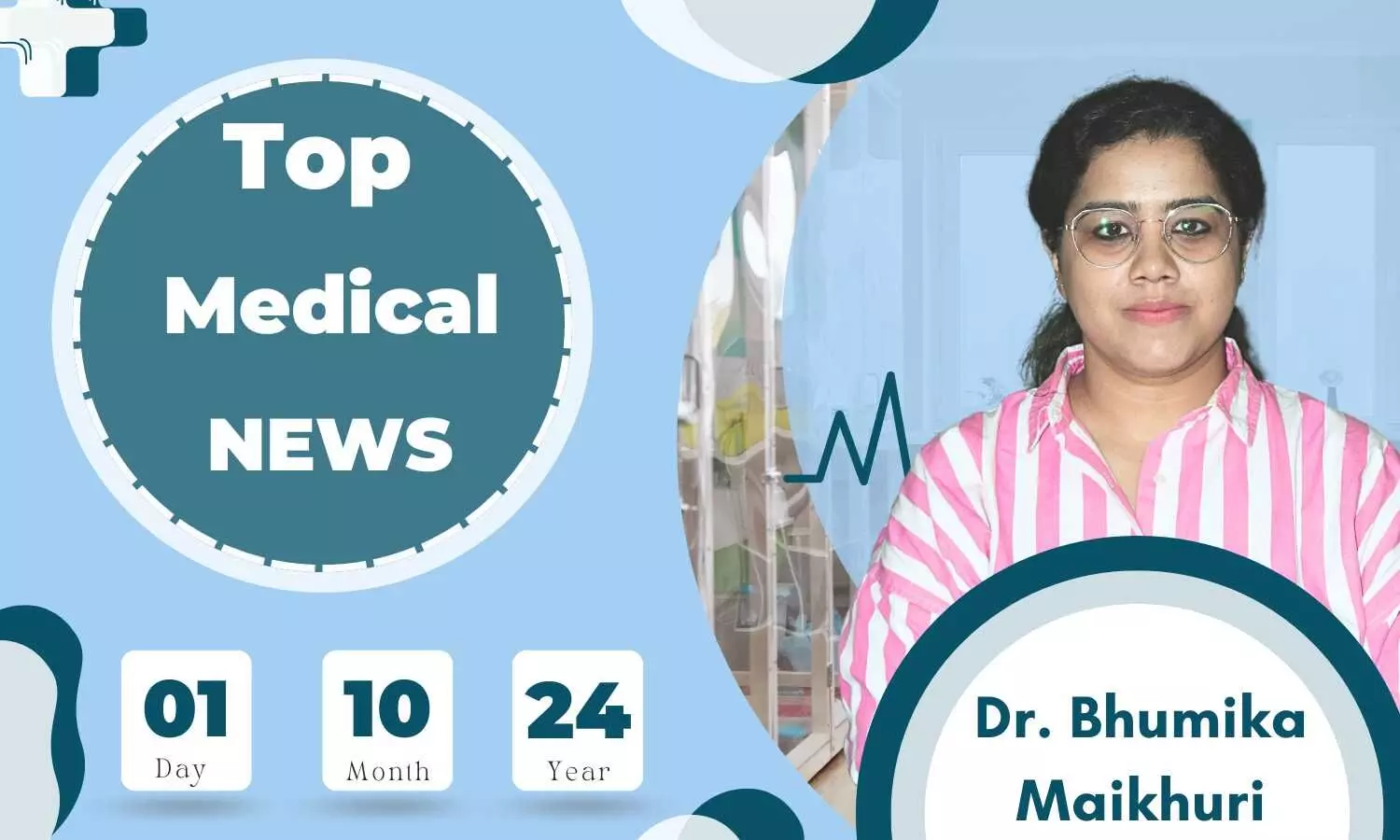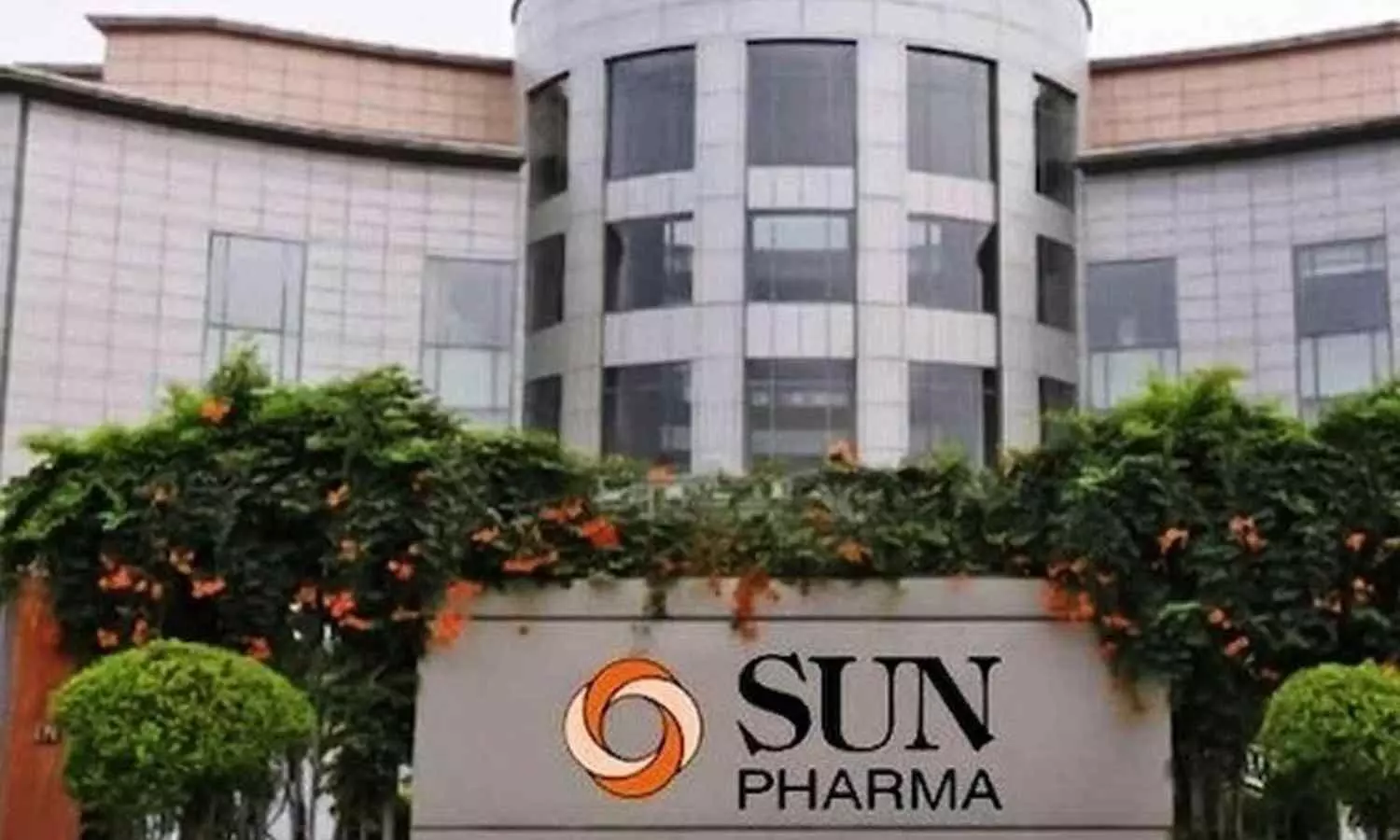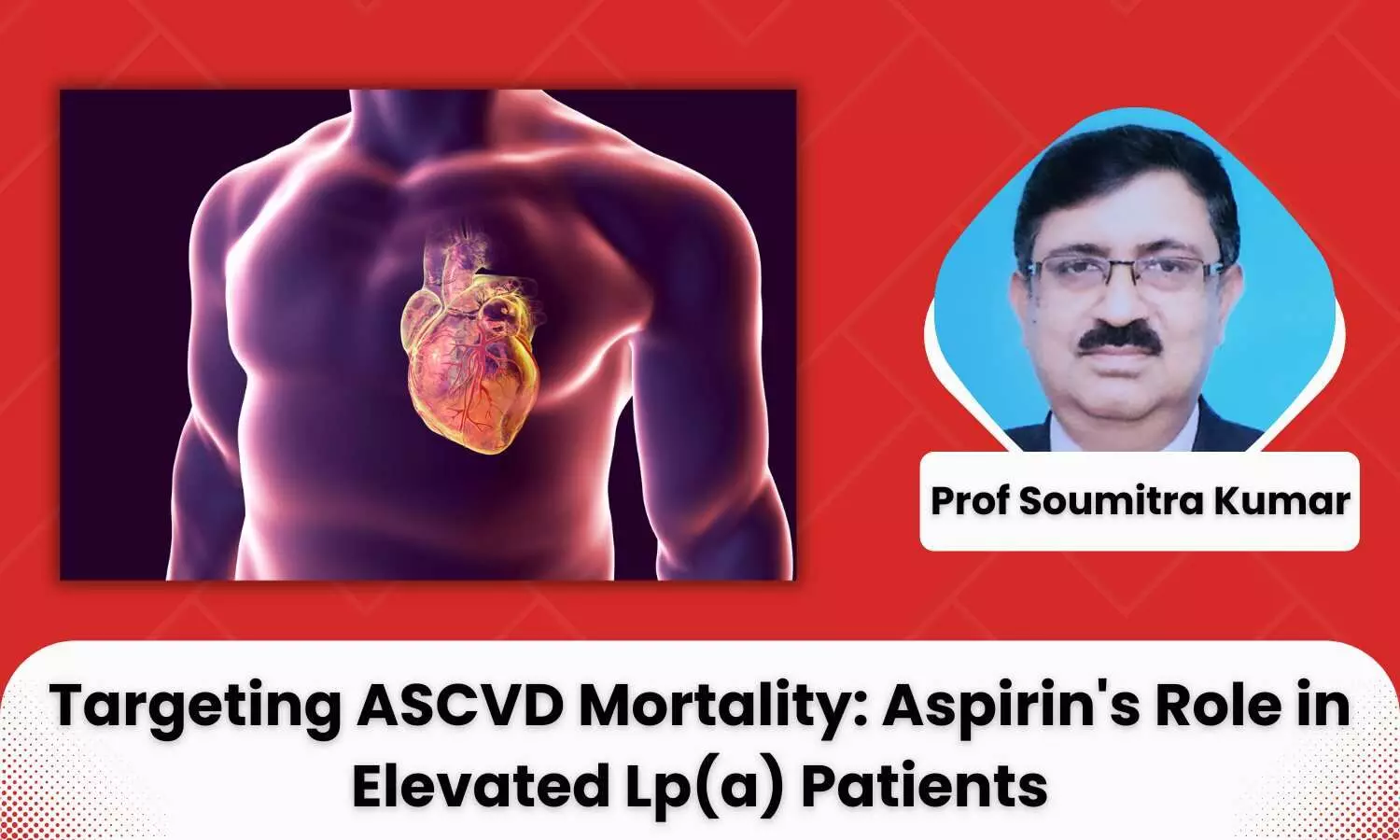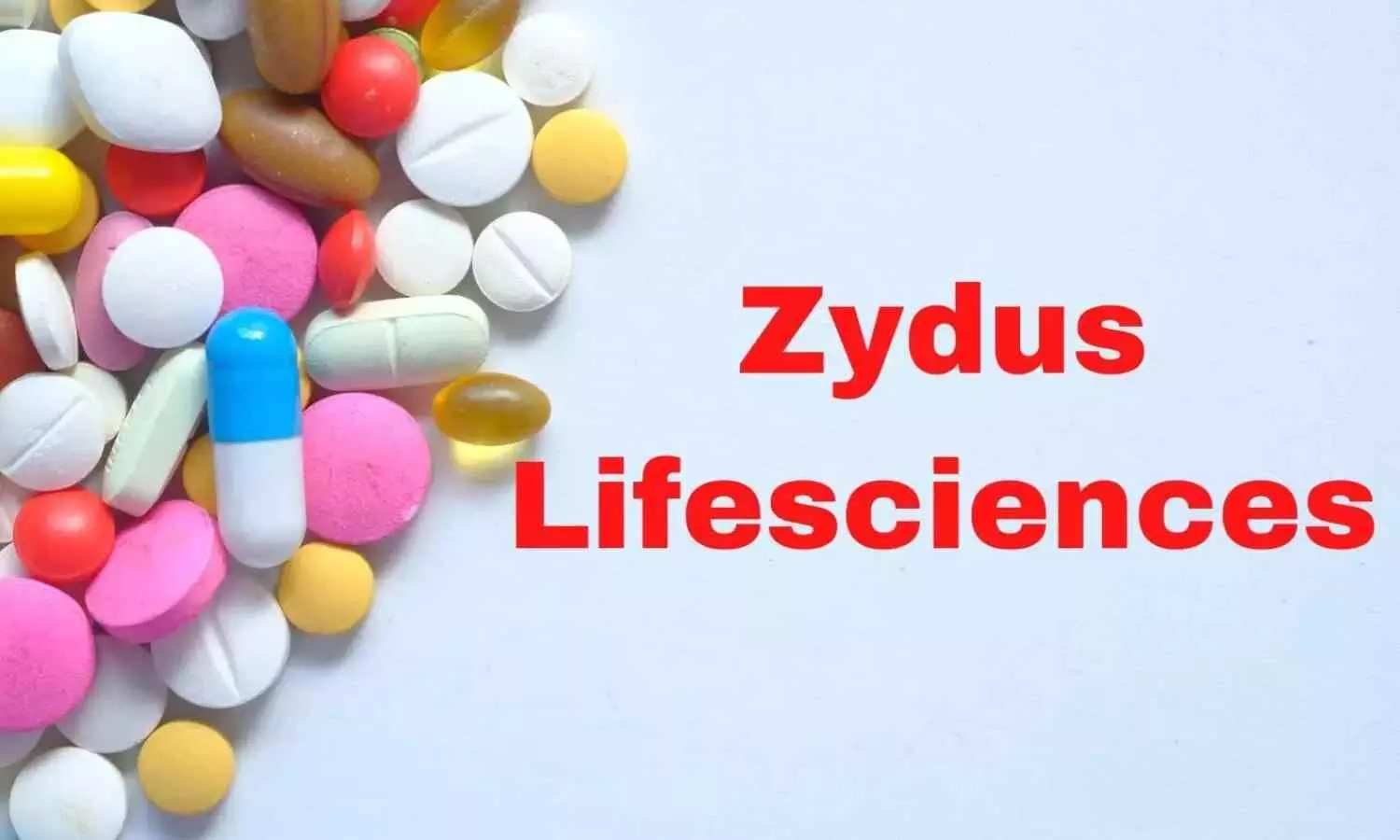Medical Bulletin 01/ October/ 2024

Here are the top medical news for the day:
Powered by WPeMatico

Here are the top medical news for the day:
Powered by WPeMatico

Mumbai: Sun Pharmaceutical Industries Limited and Philogen S.p.A have announced that they have entered into a global licensing agreement for commercializing Philogen’s specialty product, Fibromun (L19TNF).
Fibromun, an innovative anti-cancer immunotherapy, is being investigated in registration trials by Philogen for the treatment of soft tissue sarcoma and glioblastoma.
Powered by WPeMatico

Kolkata: A day after the Supreme Court hearing in the RG Kar postgraduate medico rape and murder case, Junior doctors in West Bengal resumed total ‘cease work’, demanding safety and security at all medical establishments.
Junior doctors in West Bengal on Tuesday resumed total ‘cease work’ as they continue to protest over the rape and murder of a trainee doctor at Kolkata’s RG Kar Medical College and Hospital.
The doctors have taken the decision to press the Mamata Banerjee government on various demands, including ensuring their safety and security at all medical establishments.
According to an ANI report, the decision was taken after a eight-hour long meeting of the junior doctors. They have placed a set of 10 demands related to strengthening hospital security, improving health infrastructure and putting an end to threat culture and politics in hospitals.
In a statement, the West Bengal Junior Doctors’ Front said, “We are compelled to return to a full ceasework starting from today. Unless we receive clear action from the government on safety, patient services, and the politics of fear, we will have no choice but to continue our full strike.”
Also Read:Kolkata Doctor Death Case: Bengal Doctors hold torch rally ahead of SC hearing
“We realized just how slow the CBI’s investigation is. We have seen many times before that the CBI has been unable to reach any conclusions, allowing the real culprits of such incidents to go free due to delays in filing charges, ” the West Bengal Junior Doctors’ Front added.
“The Supreme Court, which had taken the initiative to expedite the trial of this heinous incident, has instead only postponed hearings and reduced the actual length of proceedings. We are disappointed and angered by this protracted judicial process,” the Doctors further said, news agency ANI reported.
The Junior Doctors say that the WB Govt has not responded to their demand of convening a meeting with a state task force.
“We have had discussions with the Chief Minister and the Chief Secretary regarding our five demands. We reiterated our demands on July 26 and July 29, urging the Chief Secretary to quickly implement the government’s written directives. In those emails, we also requested the Chief Secretary to convene a meeting with a state task force that adequately represents junior doctors. Unfortunately, the state government has not only failed to convene such a meeting but has also not responded to our letters,” the doctors stated.
“Fifty-two days have passed since August 9, yet what have we gained in terms of security? The CCTV cameras, which the state government promotes as the main indicator of safety, have only been installed in a fraction of the necessary locations in colleges over these 50 days,” the statement added.
“We do not see any positive approach from the state government to fulfill our demands for safety and security. Today is the 52nd day of the protest (since August 9) and we are still being attacked and there is no attempt to keep the other promises made during the meetings with Chief Minister Mamata Banerjee. In the given situation, we are left with no option other than opting for full cease work, starting today,” Aniket Mahato, one of the agitating junior doctors, told PTI.
The Junior doctors say it is imperative to include representation from their team in decision-making committees of hospitals.
“We clearly communicated in our meeting with the Chief Minister and Chief Secretary, and also in emails, that we do not feel secure in this environment of fear. Without ensuring proper representation for junior doctors in decision-making committees of hospitals and medical colleges, the oppression by these declared leaders will continue,” the doctors’ association said.
“To prevent this, democratic elections must be held at all levels to ensure representation of students and junior doctors. We have demanded that elected representatives be included in all decision-making bodies, college,” the junior doctors added.
Meanwhile, following the Supreme Court’s cognisance of the photos of the RG Kar rape and murder victim circulating on social media, the victim’s father expressed his confidence in the top court to deliver justice.
“The Supreme Court has taken cognisance of the case and directed the state government to take action regarding my daughter’s pictures, which continue to spread on social media. We trust the Supreme Court and the CBI, and we hope that justice will be served,” the victim’s father told reporters, adds ANI.
In response, the Supreme Court reiterated its previous directive for all social media platforms to remove any posts disclosing the victim’s name and identity.
The Supreme Court clarified that its earlier order applies not only to Wikipedia but to all social media platforms, ensuring the protection of the victim’s identity. The court also noted that the CBI report highlighted how the victim’s injuries were exacerbated by her braces and glasses.
Senior Advocate Indira Jaisingh emphasised that the RG Kar incident was not merely a rape and murder case, revealing that four individuals were present at the crime scene, some of whom are elected council members.
After extensive deliberation, the Supreme Court adjourned the case for further hearing after the Dussehra vacation. The top court has taken suo motu cognisance of the rape and murder of a doctor at the state-run RG Kar Medical College and Hospital in Kolkata, West Bengal.
Also Read:Threat Culture Allegations: Only 8 out of 51 doctors, students appear before RG Kar Hospital inquiry committee
Powered by WPeMatico

With a rising incidence of cardiovascular disease (CVD) among younger individuals aged below 55 years(1),particularly in India, where it occurs about a decade earlier than in Western countries, the age-standardized mortality rate is notably higher. (2)
Lifestyle interventions and cardioprotective therapies are crucial for preventing and managing cardiovascular disease. Given this concerning trend, statins, and aspirin have proven crucial in preventing atherosclerotic cardiovascular disease (ASCVD). Statins address cholesterol levels with plaque stabilization, and aspirin mitigates platelet aggregation, together providing a robust strategy for reducing cardiovascular risk (3,4).
Aspirin has a role in ASCVD prevention which is often underutilized due to fear of bleeding risk. We reviewed the scope of aspirin in primary prevention of ASCVD when appropriately indicated, in the light of emerging evidence.
Aspirin for ASCVD Prevention
For several decades, aspirin has been a valuable treatment in both secondary and primary prevention of cardiovascular disease. (5) Landmark randomized controlled trials have highlighted its effectiveness in reducing the risk of fatal myocardial infarction (MI) and, in some cases, nonfatal MI. (6) Aspirin remains important in modern clinical practice, especially when combined with statins. (7) It is beneficial even for individuals with elevated Lp(a) levels. There is emerging favorable evidence in this direction, discussed ahead.
Elevated Lipoprotein(a) Lp(a) – CV Risk Enhancer
Lipoprotein(a) [Lp(a)] has been a risk factor for atherosclerosis and other cardiovascular disease, with elevated levels above 50 mg/dL linked to increased CV risk. (8) Screening for high Lp(a) can identify individuals who might benefit from intensified cardiovascular risk management. The American Heart Association (AHA) and American Association of Clin`ical Endocrinologists (AACE) recommend testing Lp(a) in cases of family & personal history of premature ASCVD, moderate to severe ASCVD risk, and patients refractory to current lipid-lowering therapies. (9)
Elevated Lp(a) and Coronary Atherosclerosis – Latest 2024 Updates
In a long-term study using serial coronary computed tomography angiography (CCTA) imaging, elevated Lp(a) was associated with increased coronary plaque burden, particularly high-risk non-calcified plaques, and elevated peri-coronary adipose tissue inflammation. This suggests that elevated Lp(a) contributes to the progression of coronary atherosclerosis and the development of inflammatory, rupture-prone plaques over time.(10)
Aspirin Offers Substantial Primary Prevention Benefits in Individuals with Elevated Lp(a)
A study conducted by Razavi, Alexander C et al. evaluated the impact of regular aspirin use on ASCVD mortality among individuals with elevated Lp(a) compared to those without elevated Lp(a) levels. Data were collated from the Third National Health and Nutrition Examination Survey (NHANES III) with a 26-year follow-up. Among 2,990 participants aged 40–70 years without clinical ASCVD, regular aspirin use (defined as ≥30 times per month) was associated with a significant 52% reduction in ASCVD mortality in those with elevated Lp(a) [≥50 mg/dL] compared to those without elevated Lp(a) [<50 mg/dL] Specifically, the ASCVD mortality rate was lower in those with elevated Lp(a) who used aspirin regularly (1.2 per 1,000 person-years) versus those who did not (3.9 per 1,000 person-years). These findings suggest that regular aspirin use may offer substantial benefits for primary prevention in individuals with elevated Lp(a). (11)

Figure 1: Cumulative probability of ASCVD mortality based on aspirin use, categorized by normal Lp(a) levels (A) versus elevated Lp(a) levels (B).
Balancing Benefits and Risks: The Impact of Aspirin Discontinuation on Thrombotic Risk and the Importance of Precision in Primary Prevention: Aspirin uniquely inhibits cyclooxygenase enzymes (COX-1 more than COX-2) at low doses, leading to a reduction in thromboxane A2 (which promotes platelet aggregation and vasoconstriction) while preserving prostaglandin I2 (which inhibits platelets and dilates blood vessels). (12) This mechanism demonstrates aspirin’s efficacy in preventing thrombosis and cardiovascular events. Discontinuing daily aspirin may elevate thrombotic risk due to a “rebound” increase in platelet aggregation, potentially driven by a rebound rise in platelet thromboxane synthesis. (13)Studies indicate a threefold increase in thrombotic events within 10 days of stopping aspirin. (14)
The focus should shift to evaluating the optimal risk-benefit profile for aspirin use, emphasizing precision and informed decision-making. A validated bleeding risk calculator utilizing data from recent aspirin trials is essential for clinicians to effectively balance the benefits and risks of low-dose aspirin in primary prevention. The Aspirin-Guide app, created by Brigham and Women’s Hospital and Harvard Medical School researchers, aids clinicians in evaluating the balance between cardiovascular benefits and bleeding risks of low-dose aspirin. It integrates cardiovascular history, demographics, and health conditions to support personalized treatment decisions.
Effect of Statin Therapy on the Overall Risk-Benefit Balance of Aspirin Therapy
Khan et al. examined the effects of aspirin therapy with and without statin therapy in adults without known ASCVD. Their meta-analysis of 16 randomized controlled trials found that aspirin reduced the risk of MI by 15%. At the same time, statin therapy lowered the risks of both bleeding and MI, with the benefits proportional to the level of ASCVD risk. For every 10,000 adults, aspirin reduced MI events (from 3 to 49, depending on CV risk). Concomitant statin therapy reduced the absolute risk reduction for MI associated with aspirin but did not affect the bleeding risk. (15)
Summary:
ASCVD is increasingly affecting younger populations due to evolving risk factors and underscores aspirin’s role in primary prevention. Despite evolving risk factors and the wide utilization of statin therapy, aspirin remains beneficial, showing substantial benefits, particularly for individuals with elevated Lp(a), where it can reduce ASCVD mortality by 52%. Aspirin remains effective in lowering the risk of myocardial infarction. It should be considered alongside statins for optimal cardiovascular protection, and current guidelines recommend its use alongside statins to optimize cardiovascular risk management when appropriately indicated. Digital tools such as the Aspirin-Guide app assist clinicians in weighing the cardiovascular benefits against the bleeding risks of aspirin use in primary prevention, allowing its optimal utilization.
References:
1. Li, Z., Yang, Y., Wang, X. et al. Comparative analysis of atherosclerotic cardiovascular disease burden between ages 20–54 and over 55 years: insights from the Global Burden of Disease Study 2019. BMC Med 22, 303 (2024). https://doi.org/10.1186/s12916-024-03527-4
2. Kalra, Ankur et al. “The burgeoning cardiovascular disease epidemic in Indians – perspectives on contextual factors and potential solutions.” The Lancet regional health. Southeast Asia vol. 12 100156. 10 Feb. 2023, doi:10.1016/j.lansea.2023.100156
3. Bansal AB, Cassagnol M. HMG-CoA Reductase Inhibitors. [Updated 2023 Jul 3]. In: StatPearls [Internet]. Treasure Island (FL): StatPearls Publishing; 2024 Jan-. Available from: https://www.ncbi.nlm.nih.gov/books/NBK542212/
4. van Zijverden, Lieve Mees et al. “The efficacy of aspirin to inhibit platelet aggregation in patients hospitalised with a severe infection: a multicentre, open-label, randomised controlled trial.” Clinical and experimental medicine vol. 23,7 (2023): 3501-3508. doi:10.1007/s10238-023-01101-5
5. Boakye, Ellen et al. “Aspirin for cardiovascular disease prevention among adults in the United States: Trends, prevalence, and participant characteristics associated with use.” American journal of preventive cardiology vol. 8 100256. 22 Sep. 2021, doi:10.1016/j.ajpc.2021.100256
6. Tsimikas S. What Is the Role of Aspirin in Primary Prevention in Patients With Elevated Lp(a)?. Cardiometab Syndr J. 2023 Mar;3(1):41-51. https://doi.org/10.51789/cmsj.2023.3.e7
7. Dasa, Osama et al. “Aspirin in Primary Prevention: What Changed? A Critical Appraisal of Current Evidence.” The American journal of cardiology vol. 141 (2021): 38-48. doi:10.1016/j.amjcard.2020.11.014
8. Farzam K, Zubair M, Senthilkumaran S. Lipoprotein A. [Updated 2024 Feb 27]. In: StatPearls [Internet]. Treasure Island (FL): StatPearls Publishing; 2024 Jan-. Available from: https://www.ncbi.nlm.nih.gov/books/NBK570621/
9. Koschinsky, Marlys L et al. “A focused update to the 2019 NLA scientific statement on use of lipoprotein(a) in clinical practice.” Journal of clinical lipidology vol. 18,3 (2024): e308-e319. doi:10.1016/j.jacl.2024.03.001
10. Nurmohamed, Nick S et al. “Lipoprotein(a) and Long-Term Plaque Progression, Low-Density Plaque, and Pericoronary Inflammation.” JAMA cardiology, e241874. 17 Jul. 2024, doi:10.1001/jamacardio.2024.1874
11. Razavi, Alexander C et al. “Aspirin use for primary prevention among US adults with and without elevated Lipoprotein(a).” American journal of preventive cardiology vol. 18 100674. 27 Apr. 2024, doi:10.1016/j.ajpc.2024.100674
12. Warner, Timothy D et al. “Anti-platelet therapy: cyclo-oxygenase inhibition and the use of aspirin with particular regard to dual anti-platelet therapy.” British journal of clinical pharmacology vol. 72,4 (2011): 619-33. doi:10.1111/j.1365-2125.2011.03943.x
13. Ferrari, Emile et al. “Coronary syndromes following aspirin withdrawal: a special risk for late stent thrombosis.” Journal of the American College of Cardiology vol. 45,3 (2005): 456-9. doi:10.1016/j.jacc.2004.11.041
14. Rodríguez, Luis A García et al. “Discontinuation of low dose aspirin and risk of myocardial infarction: case-control study in UK primary care.” BMJ (Clinical research ed.) vol. 343 d4094. 19 Jul. 2011, doi:10.1136/bmj.d4094
15. Khan, Safi U et al. “Aspirin With or Without Statin in Individuals Without Atherosclerotic Cardiovascular Disease Across Risk Categories.” JACC. Advances vol. 2,2 100197. 8 Feb. 2023, doi:10.1016/j.jacadv.2022.100197
Powered by WPeMatico
Powered by WPeMatico
Powered by WPeMatico
Powered by WPeMatico
Powered by WPeMatico
Powered by WPeMatico

Ahmedabad: Zydus Lifesciences Ltd, Ahmedabad has signed a collaborative research agreement with Central Drug Research Institute, Lucknow for the development of best-in-class drug for Chronic Kidney Disease induced Osteoporosis.
“To develop oral medication through the discovery of small molecule inhibitors of Sclerostin, a collaborative research agreement was signed by Zydus Lifesciences Ltd, Ahmedabad and Central Drug Research Institute, Lucknow on 17th September, 2024 at Zydus Research Centre, Ahmedabad,” the Company stated in a release.
Under this agreement, CDRI and Zydus will jointly undertake preclinical research. Any drug candidate emerging from the efforts will be developed by Zydus for India and other markets.
Chronic kidney disease (CKD) affects over 10% of the global population, posing significant health
challenges. CKD causes a progressive loss of kidney function and can ultimately lead to kidney
failure. One of the hallmarks of CKD is the disruption of mineral metabolism, increasing the risk
of osteoporosis and fractures. Those above the age of 65, particularly women, are at higher risk.
Unfortunately, most of the conventional anti-osteoporosis medications are contraindicated in
patients with CKD, due to the risk of worsening renal function. Therefore, there is an urgent need
to develop safe and effective drugs for osteoporosis that will reduce fracture risk without a
deterioration of renal function.
Studies suggest that the protein Sclerostin plays a key role in the dysregulation of bone metabolism.
In patients with advanced stages of CKD and osteoporosis, Sclerostin levels are observed to be
high. Based on research conducted at CDRI and data from antibody-based therapies (biologics),
Sclerostin has emerged as a promising drug target for treating CKD-induced osteoporosis as well
as postmenopausal osteoporosis.
Pankaj Patel, Chairman, Zydus Lifesciences Limited, on this occasion said, “Zydus has a
significant focus on chronic kidney disease (CKD) having discovered the novel drug Desidustat in
our R&D laboratories. CSIR-CDRI’s deep-rooted expertise in biomedical research, coupled with
Zydus’s innovative approach to drug discovery and development, creates a powerful synergy.
Together, we’ll explore new avenues for treating bone metabolism disorders, ensuring that CKD
patients have access to effective and affordable therapies that improve their quality of life.”
Powered by WPeMatico
